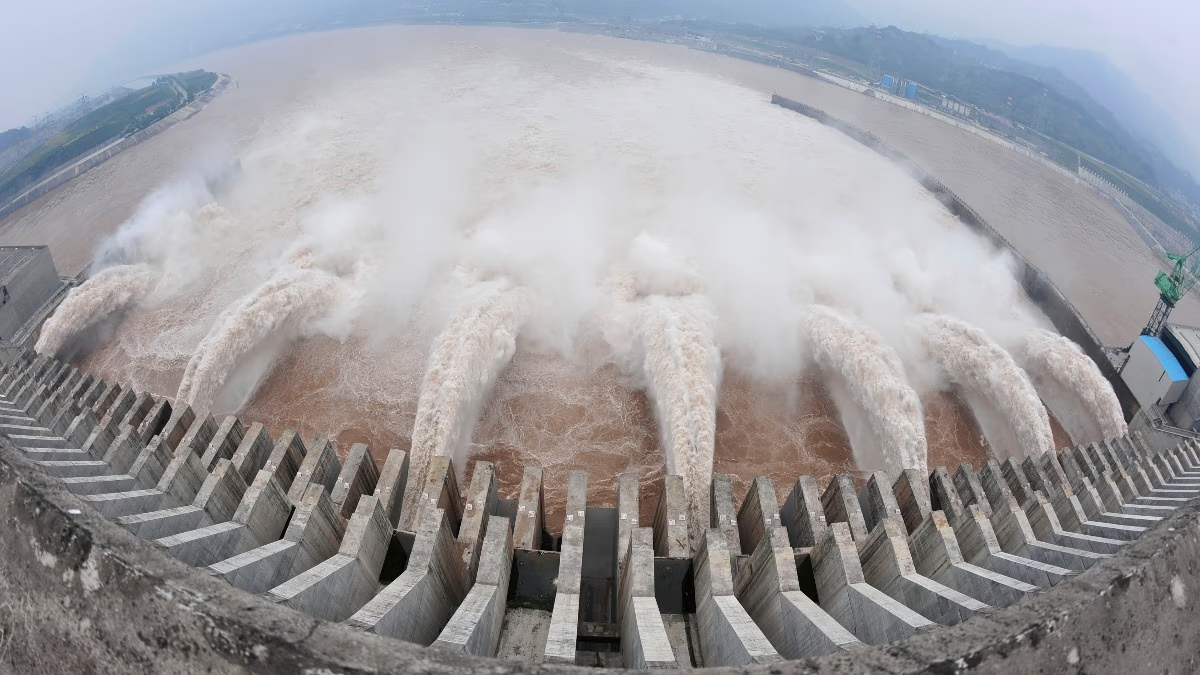Vice President Jagdeep Dhankhar resigned late Monday evening citing health reasons. This resignation comes as the monsoon session of Parliament begins. It's crucial to understand how the election of the Vice President takes place now.
In India, the Vice President also serves as the Chairman of the Rajya Sabha. If the President's office becomes vacant for any reason, it's the Vice President who assumes the responsibility.
How is the Vice President Elected?
Only the members of Lok Sabha and Rajya Sabha participate in the Vice Presidential elections. Nominated members also partake in this election. In contrast, the Presidential election involves Lok Sabha members and elected representatives from all state assemblies.
Qualifications to Become Vice President
To contest for the position of Vice President, one must be an Indian citizen, over the age of 35, and meet the qualifications to become a member of the Rajya Sabha. Candidates must also deposit a sum of 15,000 INR as a security, which is forfeited if they lose the election or fail to secure one-sixth of the votes.
Voting in the Vice Presidential Elections
- Members from both houses—245 from Rajya Sabha, including 12 nominated members, and 543 from Lok Sabha—participate in voting.
- The election employs a proportional representation system via a single transferable vote. Voters get to rank candidates based on their preference.
- Voters cast a single vote but are required to rank their choices. On the ballot, the voter's first preference is marked as 1, second as 2, and so on.
- For example, if candidates A, B, and C are contesting, the voter must indicate their preferences next to each name, marking '1' for their first choice, '2' for the second, and '3' for the third.
How is the Vote Counted?
A quota is determined for the election based on the number of votes cast. The total is divided by two and then one is added to this total. Suppose 787 members vote, dividing by two gives 393.50. Disregarding the decimal, 393 is used, and adding one results in a needed total of 394 votes to win.
Initially, votes are counted to see how many first-preference votes each candidate receives. If a candidate secures the required quota in this first count, they are declared the winner.
If no winner emerges, the process repeats, eliminating the candidate with the least votes and reallocating their votes based on the next preference indicated. This is continued until a candidate surpasses the required quota.




